Peking University Campus is selected as "Typical Cases of the World"!
Author:Beijing University Time:2022.08.03

Herites entangled on the tail -tailed stone fish
The largest owl carving 体
Hedgehogs who have been in Yannan Garden ...
In the Yanyuan with an area of only one square kilometer
More than 600 kinds of high plants have been monitored, 230 birds are monitored
Including national first -level protected animal yellow breasts, gold sculptures
There are 11 species of beasts and 26 fish
11 species of amphibious crawled category ...
In 2021, the case of "Peking University Campus Nature Protection Community"
In the United Nations Convention on the Convention on Biological Diversity
At the 15th meeting (COP15) conference
Selected "Biological Diversity 100+ Global Typical Cases"
It is also the first campus nature protection community in the country
Professor Lu Zhi, a professor at the School of Life Sciences, Peking University
Once in Cocoati Hai Hao's application for legacy
I also had intimate contact with the giant panda in Qinling
Running in the vast land of the motherland
Guard the beauty of ecology with a firm heart
Let's follow Professor Lu Zhi
Talking while walking by the Lake of Unknown
From the perspective of biologists, visit Peking University in depth!
Click the video
Walk into the paradise of campus animals and plants at Peking University
01
It's campus and a paradise
Do your best to maintain a complete food chain, and a stable animal community and plant community have been gradually formed on the campus. Many years of campus ecology protection has also made the campus a paradise for animals and plants.
In addition to the Yanyuan cats that live in the garden, the heron with koi in the lake and the emergence of "Flying Tmall Cat" can always become a hot spot in the circle of friends in the classmates. We often find that we live in the same garden as so many creatures.
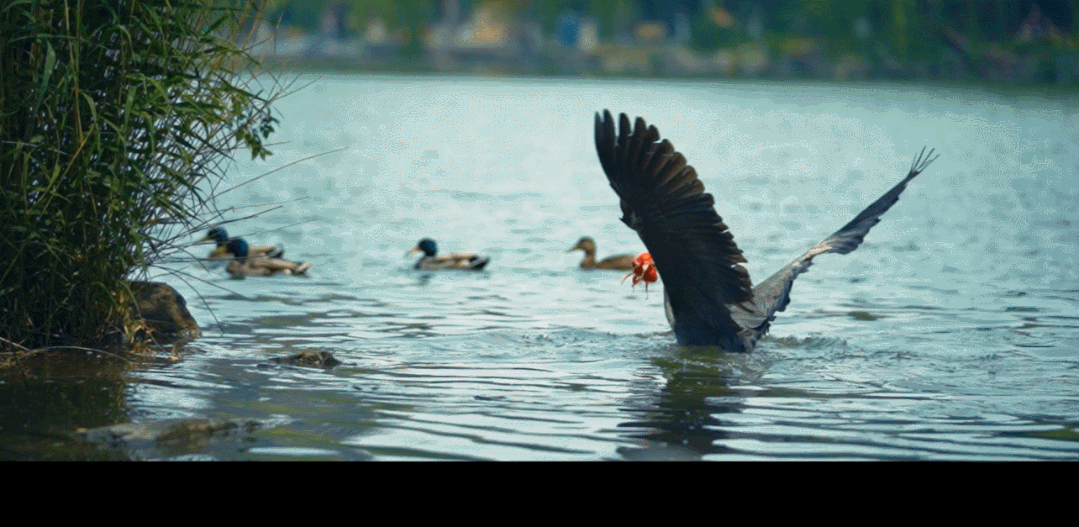
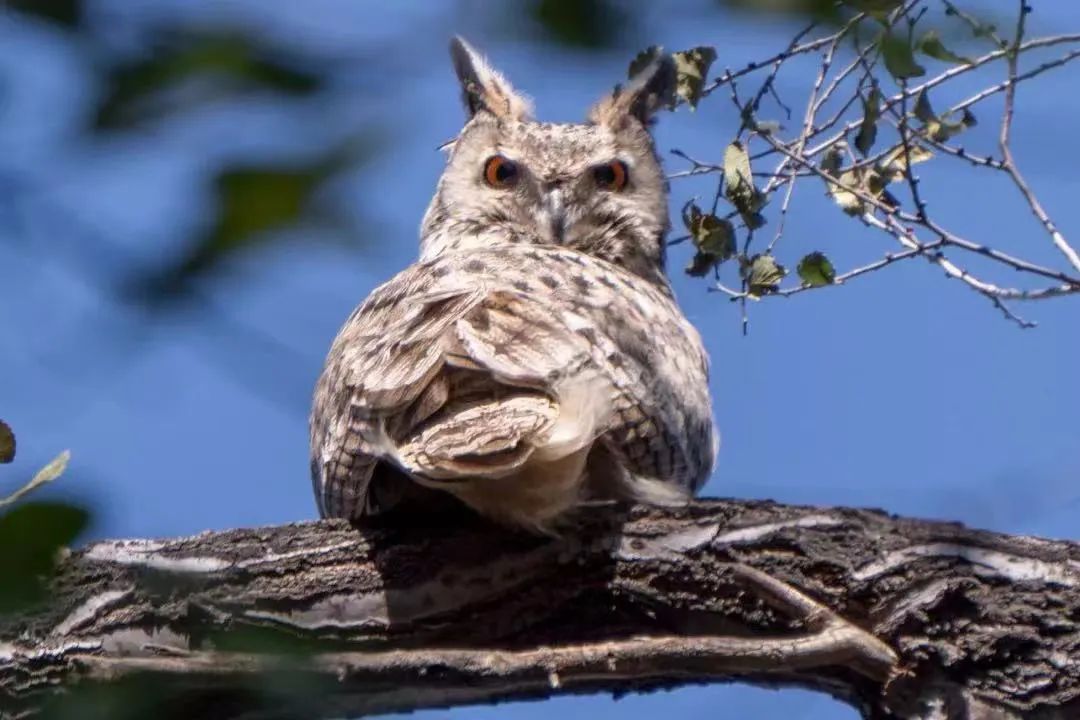
Star bird species near Weiming Lake: Eagle
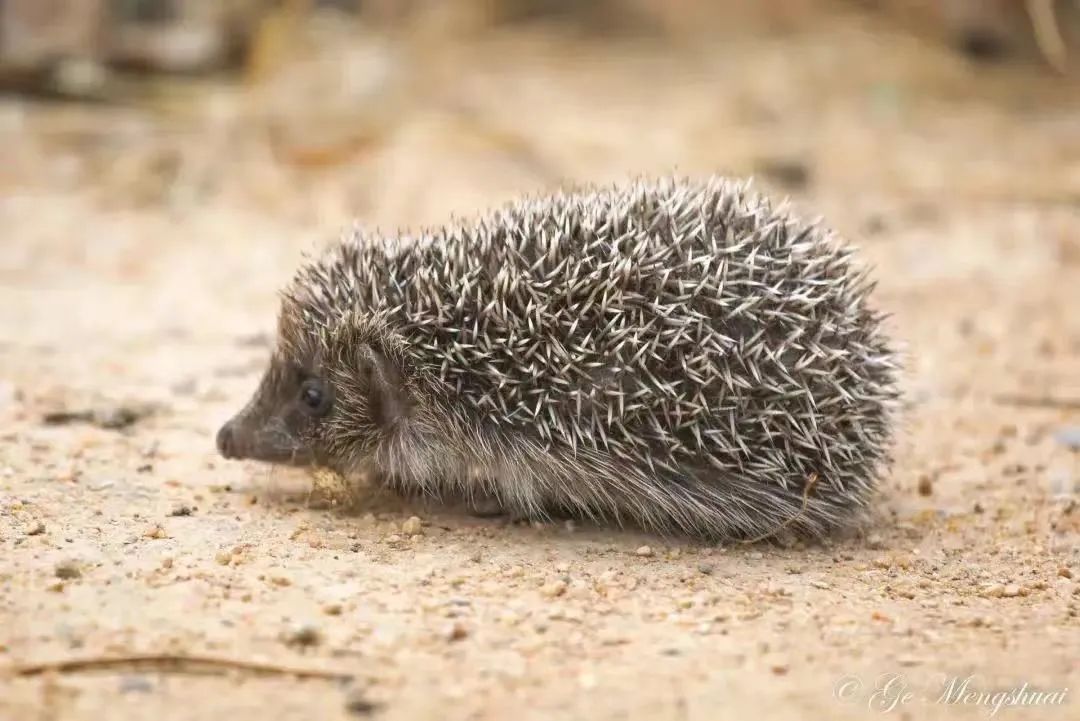
Northeast hedgehogs that often appear in Yannan Garden
Professor Lu Zhi often does natural protection in remote mountains and plateau, while the rich animals and plants on the campus began to pay attention to the ecological protection in the city.
The area of the key protection area of Yanyuan Nature Protection Community is about 42.5 hectares, of which Greenland accounts for 40%. As a campus with the study and work of teachers and students, there are about 50,000 people living in the garden. It is amazing that there are still so many wild animals and plants in such a densely populated place -for example, 230 kinds of birds have been monitored on campus, and more than 1,400 birds in China have been monitored, which means that at Peking University You can see 1/7 birds in China!
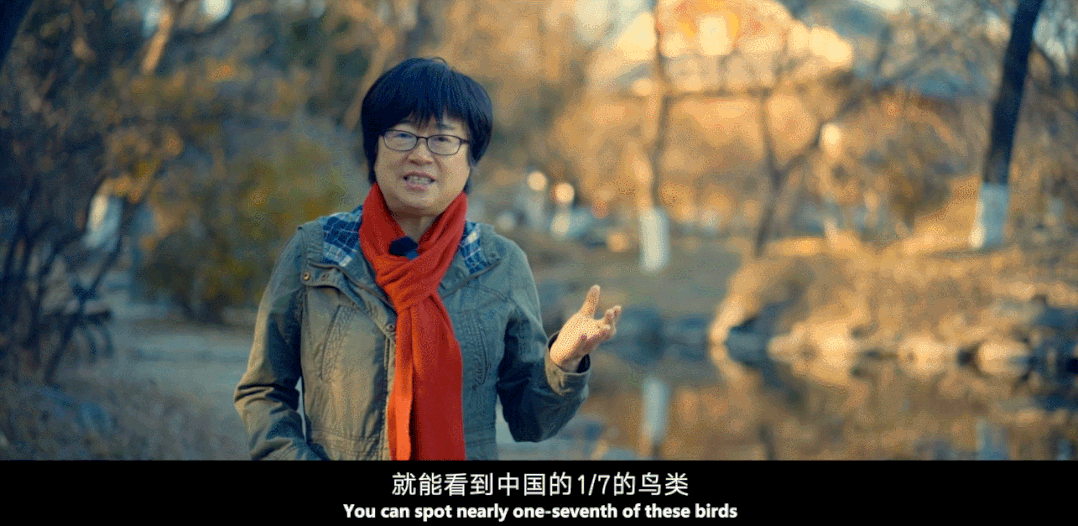
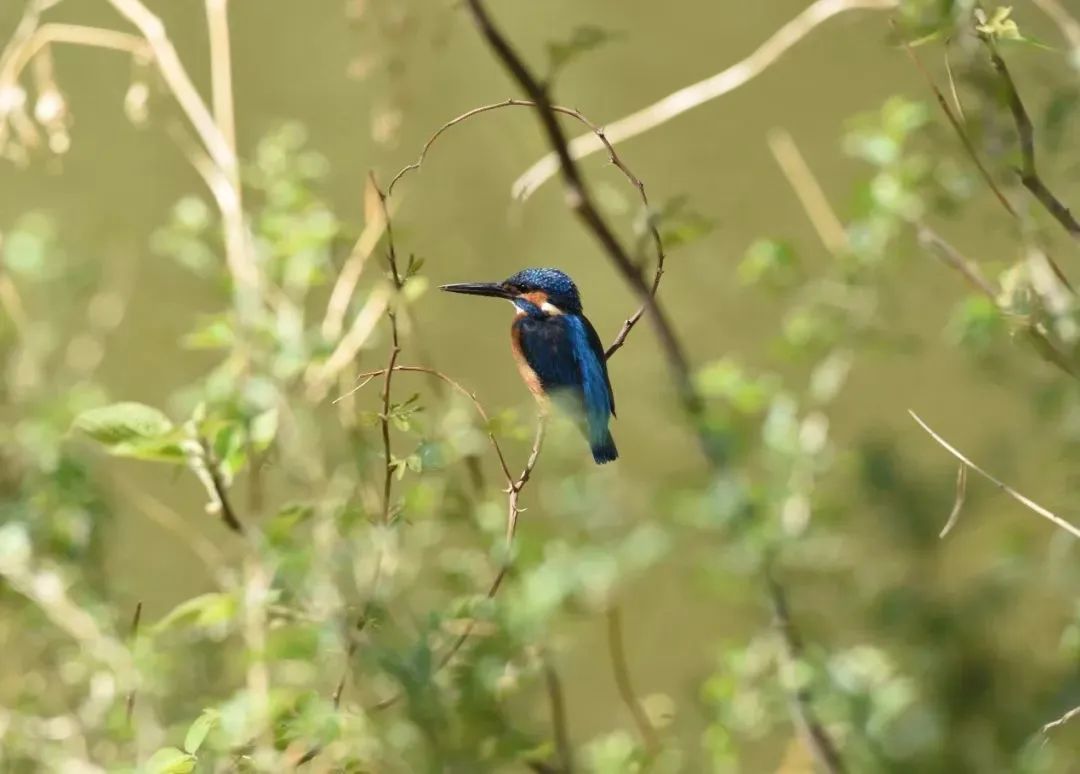
kingfisher
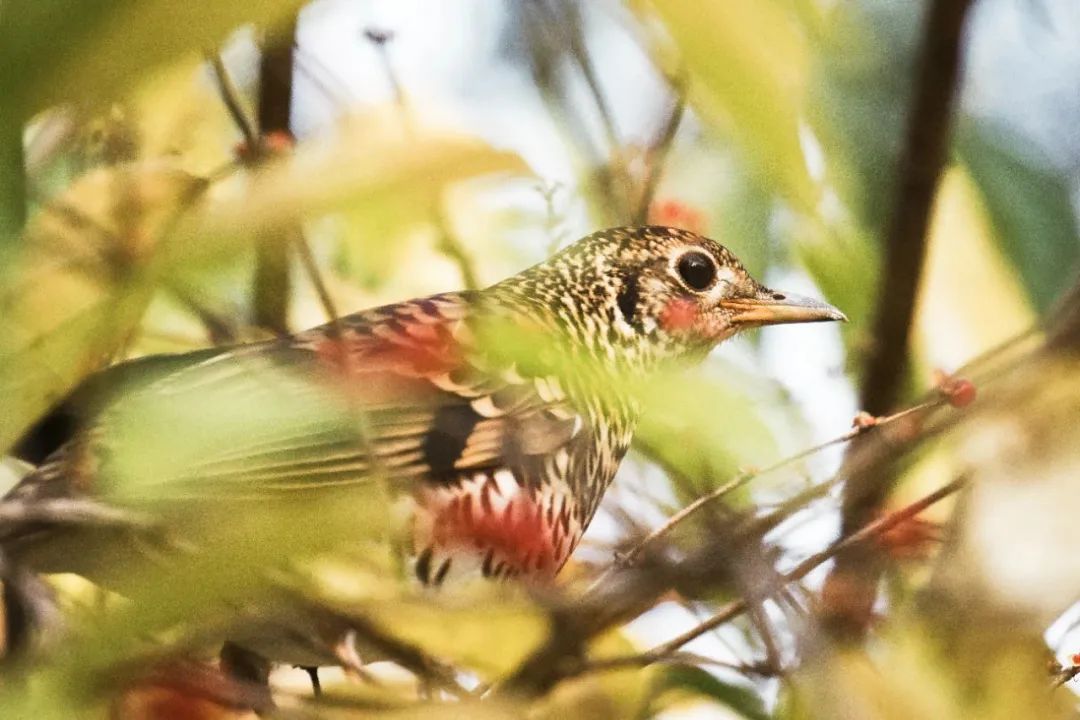
Hua's Tiger
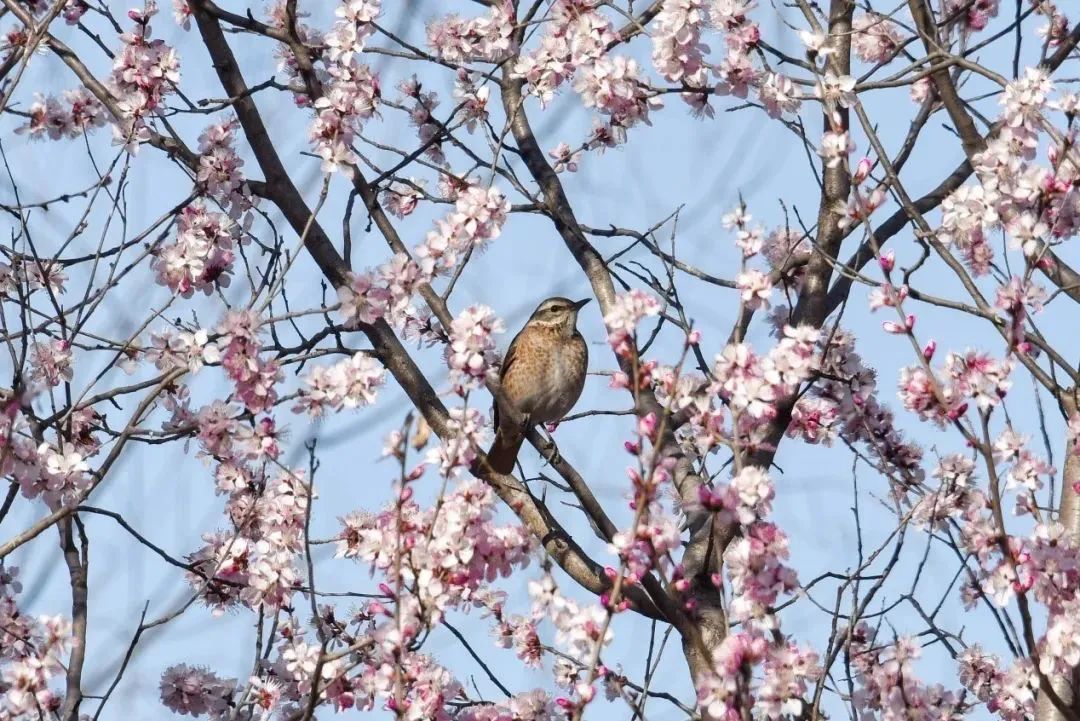
Red Tail
In 2021, at the Fifteenth Conference of the Conference of the Contract Conference (COP15) Conference of the Convention on the Convention on Biological Diversity, the case of "Peking University Campus Nature Protection Community" was selected as the "Biological Diversity 100+ Global Typical Case", which is the first in the country Campus nature protection community.
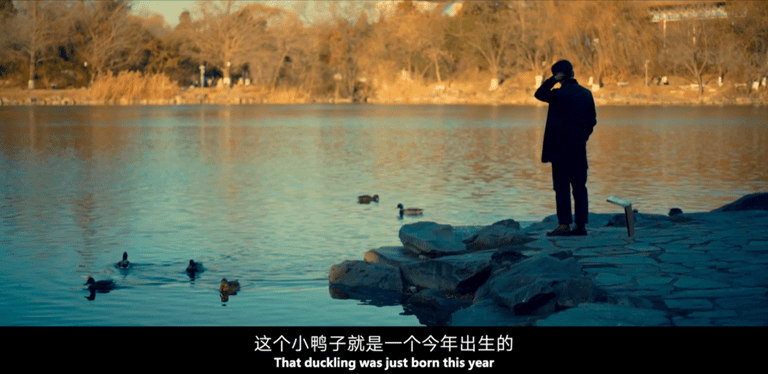
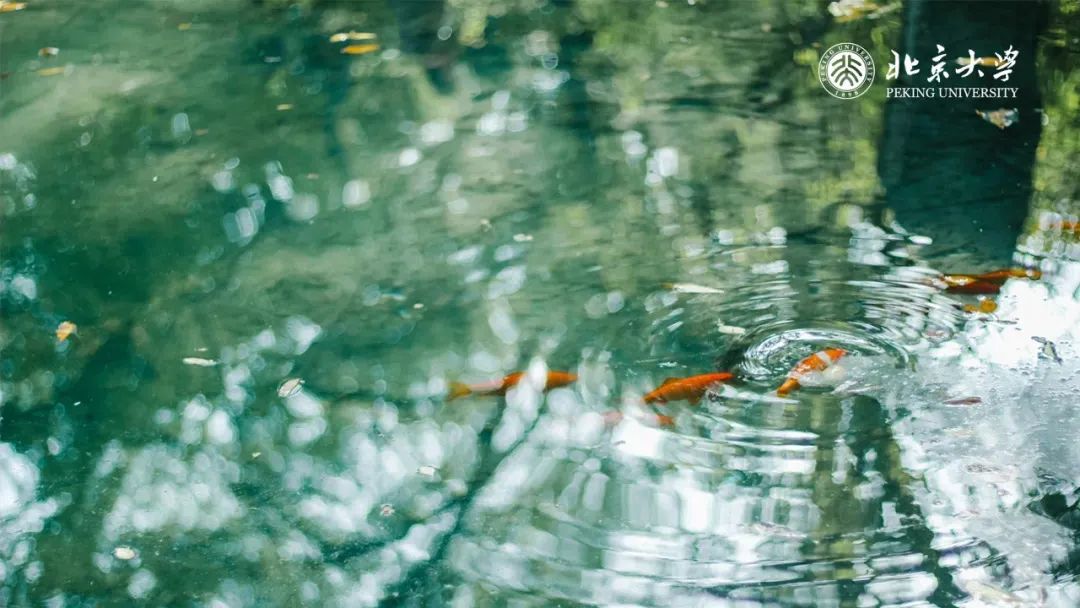
Professor Lu Zhi told us that the more complete trees, shrubs, herbal plant community systems and rich types of water bodies provide ideal places for the lives of animals. Do your best to maintain a complete food chain, and a stable animal community and plant community have been gradually formed on the campus. Many years of campus ecology protection has also made the campus a paradise for animals and plants.
02
Cultural and natural blending
"It can be given to all universities, including residential communities and urban parks to learn from and reference. What can the green space in our city be recovered."
Peking University Campus was built on the basis of the "Nine Gardens". Entering from the simple and solemn and elegant Ximen, you can see the ruins of the Minghe Garden of the Qing Dynasty, two Chinese watches moved from the Yuanmingyuan, and the bronze statue of Cai Yuanpei on the triangular lawn in front of the bell pavilion. The virtues with magnificent and open -minded and open -minded virtues are all prepared, and it is the picture of the lake and one tower. Chinese classical culture, which has precipitated in history and the campus culture of Peking University, which is constantly developing in the future, jointly shaped the style of Yanyuan.
From Royal Garden to the campus where teachers and students study and work, the "unity of heaven and man" in Chinese gardens is also inherited by the Peking University campus, and the natural landscape style is retained in the garden. Professor Lu Zhi mentioned that the plants on the campus are basically local species in Beijing. In the surrounding urban landscapes, Yanyuan always retains nearly natural vegetation. At the same time, Peking University is also the rest of many flying birds on the Oriental Migration route of China. Thanks to this, Peking University has become a shelter for the diversity of native biodiversity of the eastern plain of China, and it is also a model for the protection and management of urban green land diversity. Based on culture and nature, culture and nature are constantly blending, and the campus of Peking University has become a case of urban ecological recovery. Professor Lu Zhi hopes that the experience of the Yanyuan Nature Protection Community can be promoted. "I think it can be given to all universities, including residential communities and urban parks to reference and reference. What can the green space in our city look like."
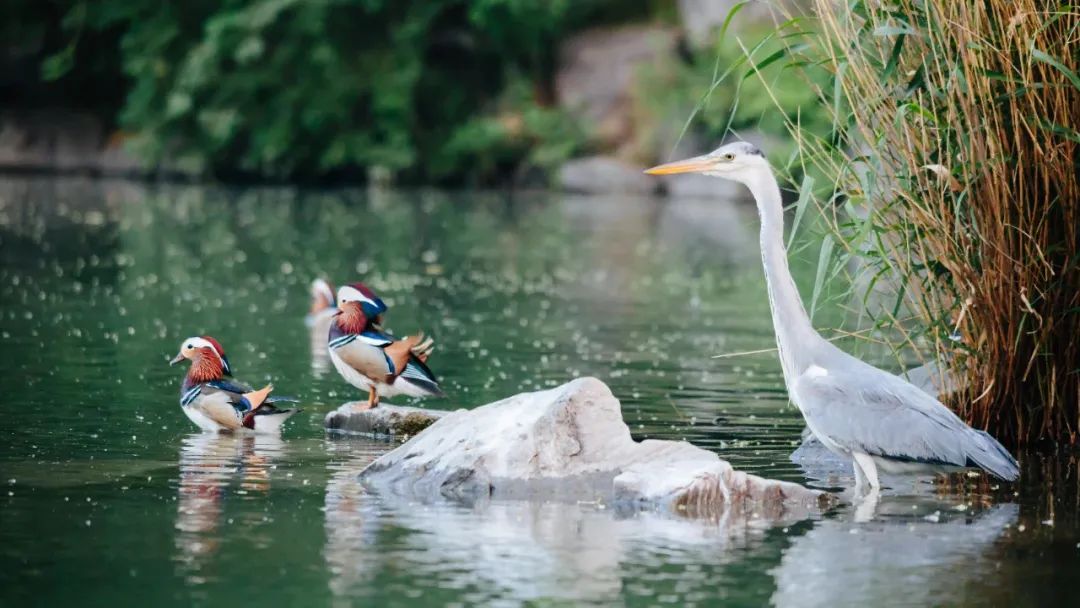
03
Examples that get along with nature
Let the fallen leaves keep the soil fertility, leave dead trees for insects to survive, and try not to interfere with natural replacement. After long -term accumulation, the animals in the garden have continued to increase.
We hope that more animals and plants live in the garden, but people's demand for space is also expanding. Human society is always facing a question: How can man and nature get along in harmony?
Nature -protected communities are important means of protecting biodiversity in areas with dense population and frequent economic and social activities. It maintains biological diversity through fine management and reasonable control of human activities. It does not rely on isolation and nature, but to protect the relationship between man and nature. The natural protection of the teachers and students of the "Aboriginal people" is the most distinctive content in the Yanyuan Nature Protection Community.
In October 2017, the Yanyuan Nature Reserve Work Promotion Association was held in the office building of the president of Peking University. After the Yanyuan Nature Protection Community was approved, the Center for Natural Protection and Social Development of Peking University formulated a series of management plans for this. With the support of the school, teachers and classmates are perseverance to protect biodiversity.
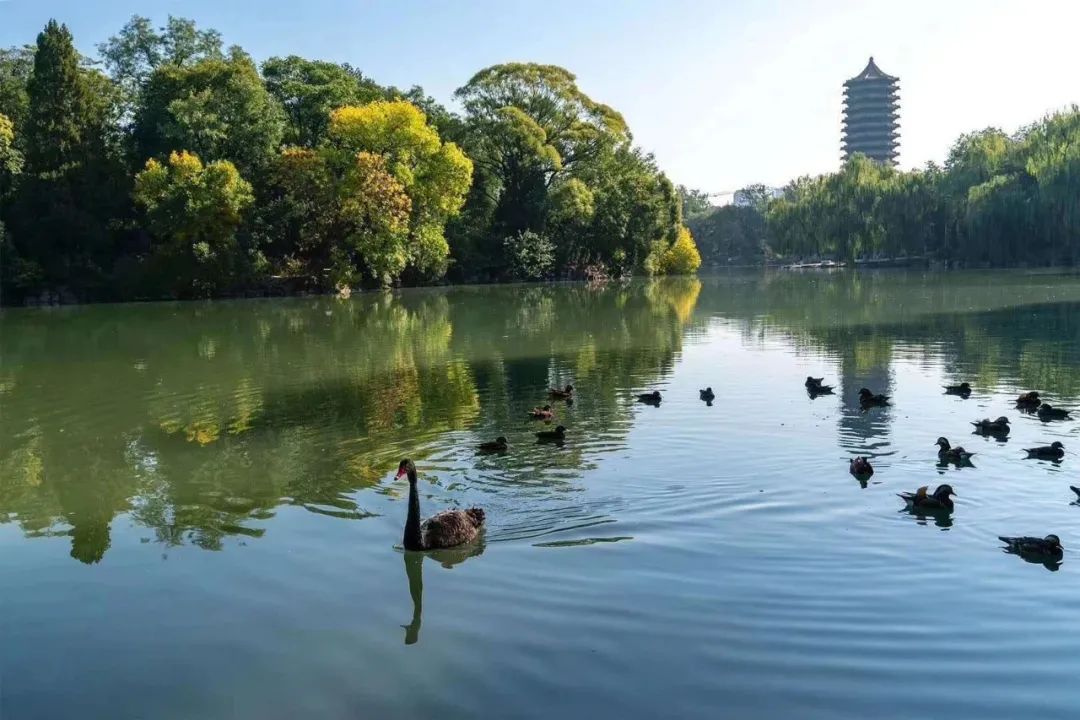
Professor Lu Zhi said, "We communicated with the campus management department in a few years as early as zero. Can we take into account the survival of wild animals on the campus when managing green space." Let the leaves fall back to keep the soil fertility and leave dead trees for it to give it to the dead trees to give it to the dead trees to give it to the dead trees to give it to the dead trees for it. Insects of survival space, try not to interfere with natural replacement. After long -term accumulation, the animals in the garden have continued to increase.
Since 2003, the students of the Green Life Association of Peking University in 19 years have adhered to regular campus plant patrol and waiting monitoring, and regularly updated the inspection report on the public account. Their systematic monitoring provides indispensable data for the construction and management of nature protection communities.
As Professor Lu Zhi said, "How can people be harmonious with nature? I think Peking University can be a template."
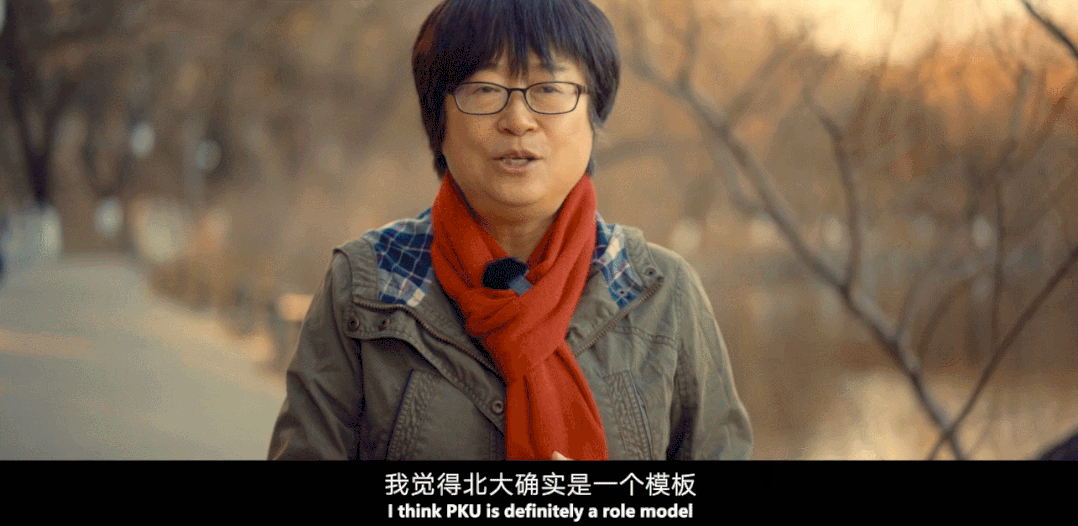
Lu Zhi, born in Lanzhou, Gansu in 1965, is a leader in the discipline of biology at Peking University. He graduated from the Department of Biological Department of Peking University in 1985 and began to be committed to ecological protection and made a lot of contributions in environmental protection. In the early years, she was mainly engaged in the research and protection of giant panda, and some people called her "the closest to the wild giant panda."

Source: Peking University Chinese International Promotion Office, Peking University Rong Media Center

Edit: Chen Yiyu
- END -
The days of the ancients | Liqiu cicadas: standing high voice, not borrowing autumn wind
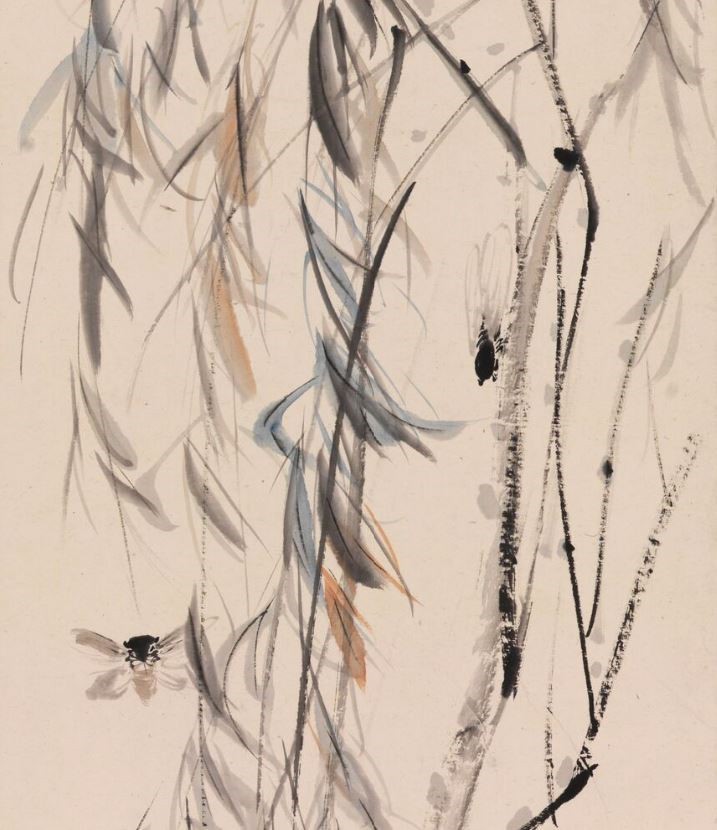
Zhu Xia is exhausted, and the cold blows to welcome the autumn.Tianhan Chengqiao, ...
Li Le Shandong | Qihe: "Cultural Meal" to the door of the people's house
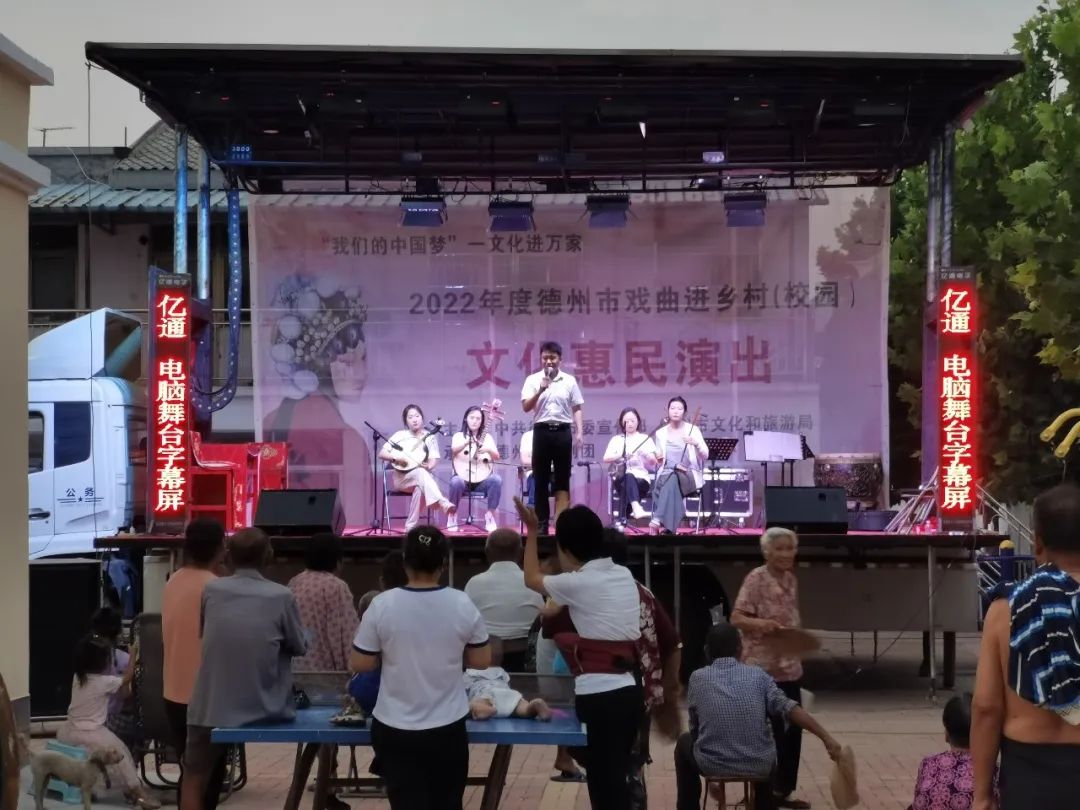
On the afternoon of July 18th, in the cultural square of Yangzhuang Village, North...